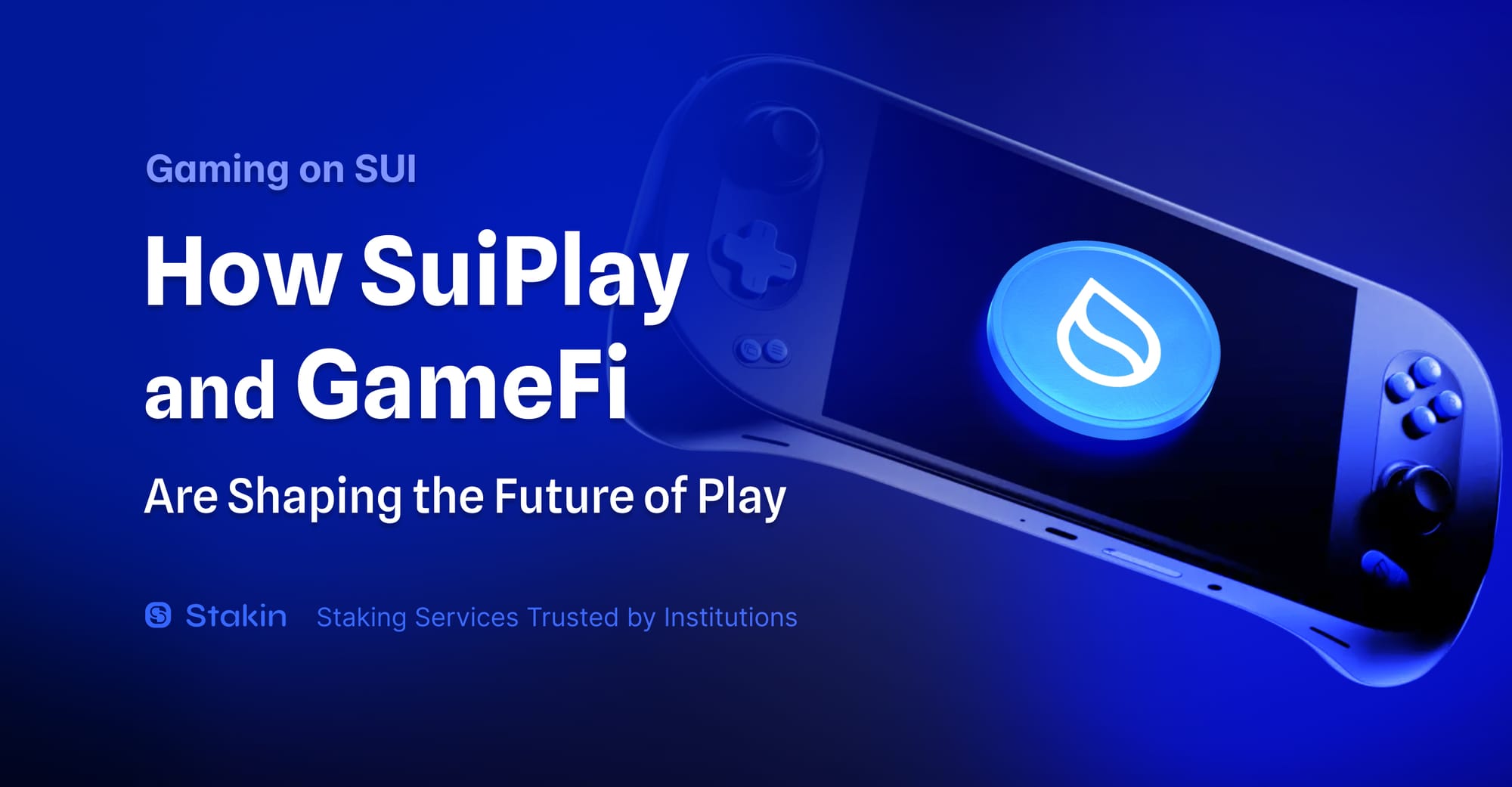Liquid staking is a product built on top of direct staking. Instead of locking up your stake directly on the blockchain protocol, you stake it with an application that offers to keep your stake liquid. While typical staking requires to lock up your tokens for a certain duration, often called the unbonding period, liquid staking enables the stake to be withdrawn without that lock-up period. Just reading that might illustrate why this staking technology is gaining so much traction in the proof-of-stake ecosystem. Hence, today, we’re discussing the liquid staking hub for Cosmos, Ethereum and many more Proof-of-Stake blockchains: Persistence. A Tendermint consensus-based Layer-1 network encompassing a vast suite of DeFi products to help drive adoption and utility for PoS liquid-staking assets.
Before we continue, let’s have a brief look at staking vs. liquid staking. Staking refers to the process of locking your digital assets up to be able to participate in the running Proof-of-Stake blockchain (in governance, voting processes etc.) and maintaining its security. In exchange for doing so, you’ll receive rewards which are calculated in percentage yields. As mentioned previously, liquid staking enables owners of staked assets to obtain liquidity in the form of a derivative token that can then be used in different protocols. It allows you to combine the best of both worlds and maximize your earning potential.
It's crucial to remember that PoS chains with high TVL and few staked assets are typically regarded as being less secure. In contrast, chains with high security but low TVL may be perceived by the public as having underwhelming adoption. Enter liquid staking, which allows holders of PoS tokens to stake and participate in DeFi simultaneously, bringing a flood of additional liquidity (and users) into DeFi. In addition to earning rewards from their underlying staked tokens and assisting the underlying networks, liquid stakers receive representative tokens that have been liquid-staked and are usable across all DeFi ecosystems.
The emergence of DeFi has brought to light the limited utility that staked assets offer compared to the composability and financial opportunities offered in the thriving DeFi space. Liquid staking has opened the door to new use cases and opportunities for the PoS ecosystem’ stakeholders, providing them with the best of both worlds regarding utility and yield generation.
$XPRT and pSTAKE Explained
Thanks to Persistence, users can earn staking rewards while taking part in DeFi primitives like lending/borrowing and liquidity provisioning on DEXs, which makes it easier to issue and deploy liquid-staked stkASSETs. Let’s expand on that a little, shall we? To understand stkASSETs, we’ll first need to look at the token economics of Persistence. First, note that the native asset of the Persistence network is called $XPRT, it carries a variety of use cases within the ecosystem, including governance, staking, and its role as a work token. $XPRT's holders can participate in governance by issuing proposals and voting. Moreover, as the Persistence chain runs on delegated Proof-of-Stake based Tendermint PBFT consensus engine, staking is vital to ensuring the network stays secure and robust.
pSTAKE, effectively a liquid staking protocol releasing the staked assets' liquidity. PoS token owners can use pSTAKE to stake their assets while preserving their assets' liquidity. Users who stake with pSTAKE receive 1:1 pegged representative tokens (stkASSETs), which can be used to increase returns in DeFi, in addition to staking rewards. A group of the best validators on the underlying networks stake the native assets of users. In effect, pSTAKE is bridging the PoS and DeFi sector by providing users with the ability to:
- By staking the underlying assets and promoting network security, you can receive PoS staking rewards.
- Utilize DeFi protocols that support stkASSET to produce more yield.
- With the issuance of stkATOM and stkXPRT, pSTAKE currently supports liquid staking for Cosmos (ATOM),Persistence (XPRT) and Ethereum ETH.
As you can see, $XRPT sits at the center of the Persistence ecosystem and is designed to derive significant value from the growth of economic activity within its ecosystem. The pSTAKE protocol is built on top of the Persistence Core-1 chain to support the issuance of stkASSETs on the Persistence chain. To issue IBC-enabled stkASSETs against their staked assets, users deposit their native assets (such as ATOM, JUNO, etc.) on the Persistence Core-1 chain (via the pSTAKE liquid staking module). To increase the total value locked (TVL) on the Persistence Core-1 chain, stkASSETs are issued.
Users pay gas fees in the form of XPRT to use these stkASSETs within the Persistence ecosystem, giving XPRT value. Using the Core-1 chain as a hub to direct the flow of stkASSETs, stkASSETs are integrated with apps outside the Persistence ecosystem.
Final Thoughts
Despite the proliferation of protocols providing access to staking yields, most cryptocurrency balances are stored in centralized exchanges with no intention of accessing DeFi yields. Staking yield is one of the most secure sorts of yields available to users. consumers have few excuses these days for not understanding about these mechanisms because dozens of protocols make it easy for consumers to access and experience all of the benefits. We predict an increase in the number of users holding liquid staking tokens and more node validators, liquid staking operators, and even better ways to financialize these assets.
DISCLAIMER: This is not financial advice. Staking, delegation, and cryptocurrencies involve a high degree of risk, and there is always the possibility of loss, including the failure of all staked digital assets. Additionally, delegators are at risk of slashing in case of security or liveness faults on some protocols. We advise you to do your due diligence before choosing a validator.



